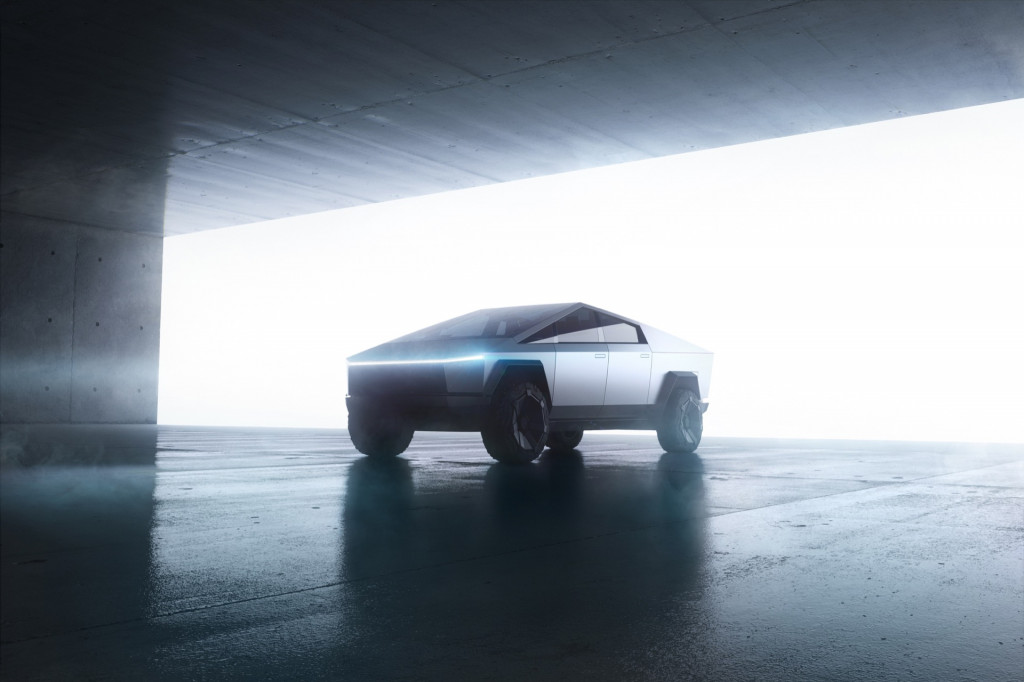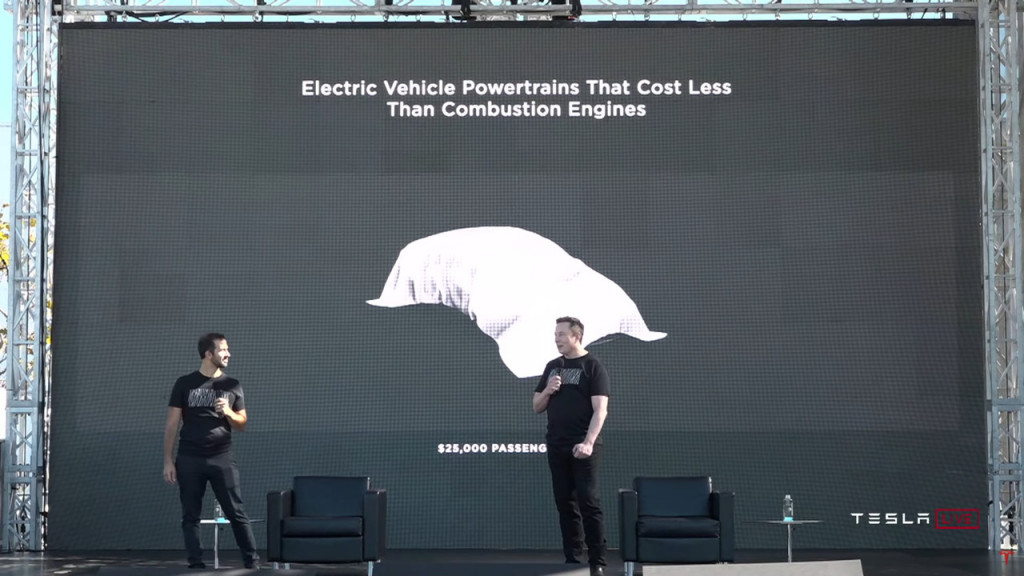Tesla earlier this week officially confirmed that it is developing a next-generation vehicle platform focused around affordability and potentially at about half the cost of the platform that underpins the top-selling Model Y and Model 3.
“This is the primary focus of our new vehicle development team, obviously,” said Musk, suggesting this is what the company has moved on to after Cybertruck and Semi, which have been delayed several years along with the Roadster.
“It will be smaller, to be clear,” added Musk, who anticipated that the third platform will exceed the production of all its other vehicles combined.

Tesla Cybertruck concept (Courtesy of Tesla, Inc.)
The addition of the smaller platform doesn’t signal a shift away from larger vehicles. Musk also provided updates for the Semi, which is due for first deliveries December 1, and the Cybertruck, which might not arrive now until well into 2023. He emphasized that it’s always continuously improving its existing products.
To speculate, the platform would give Tesla a path to acquire a far greater piece of the global vehicle market, and it might potentially underpin an entirely new generation of vehicles sized not just as compacts for North America, but in a sensible size that might be sold in even higher numbers for Europe, India, and Asia.
The clarification comes after a long series of seemingly contradictory statements about whether more affordable Tesla models are in the future.

$25,000 Tesla teased for 2023 - Battery Day
The idea of the $25,000 EV was central to Tesla’s 2020 Battery Day, and something that a shift to its 4680-format cells would help enable, the company argued. The company later communicated through official channels that it was working on that EV in China. More recently, in January, Musk said that Tesla wasn’t working on the $25,000 EV—and that the robotaxi project building on its so-called Full Self-Driving tech was more important.
Earlier this year, Tesla’s head of investor relations, said that a cheaper Tesla was an option, and that a more affordable Tesla was necessary for it to become a high-volume automaker. Further to the point, the automaker has emphasized that the cell-supply constraints that had been limiting product expansion have largely lifted.













